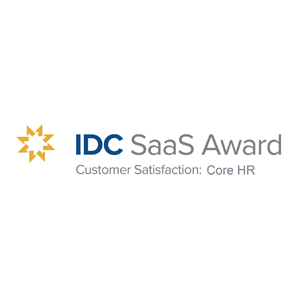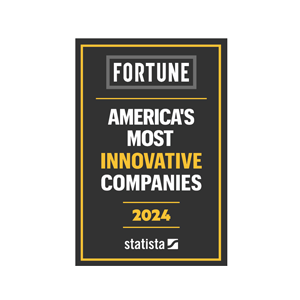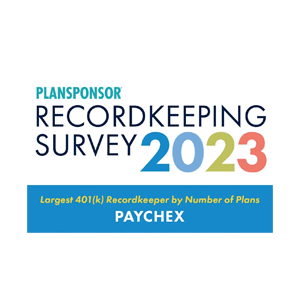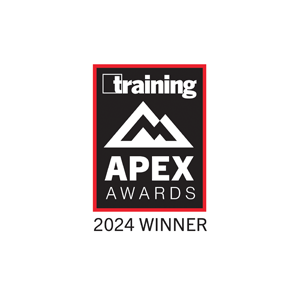Servicios de RR. HH. y nómina de Paychex en Minnesota
Desde 1971, Paychex se ha basado en el conocimiento de la industria, el pensamiento innovador y las inversiones para crear mejores soluciones de RR. HH. y nómina para las empresas de Minnesota.
Obtenga una cotización gratis
Servicios de Paychex para empresas de Minnesota
Cumpla con los requisitos de cobertura obligatorios
Las lesiones y enfermedades laborales pueden producirse en cualquier momento y lugar, tanto si los empleados trabajan a distancia, in situ o de forma híbrida. Queremos que tenga la cobertura adecuada para la compensación de los trabajadores. Permítanos ayudarlo a evaluar sus necesidades.
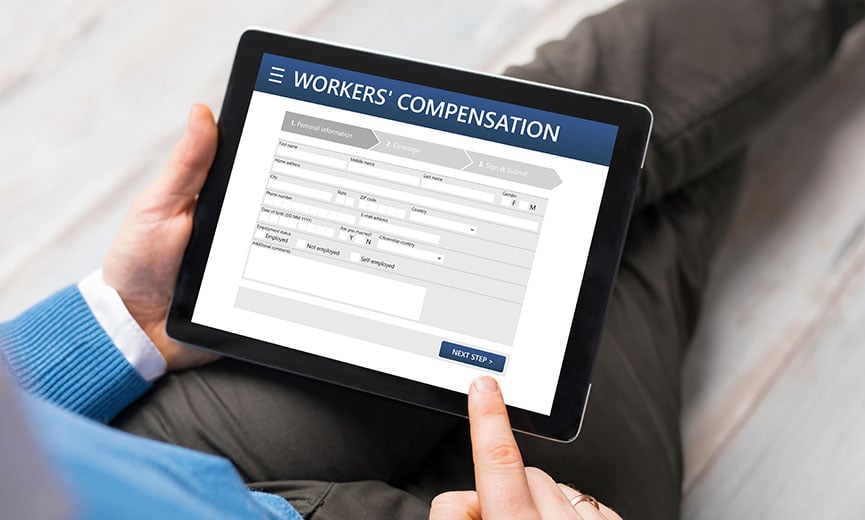
Asistencia para recursos humanos, nómina y beneficios
Nuestras soluciones de RR. HH. están diseñadas para crecer con usted. Nuestra organización profesional de empleadores (PEO) ayuda a satisfacer las necesidades exclusivas de su negocio adaptándose a su tamaño, sector, ubicación, objetivos y cultura. Podemos ayudarlo a atraer y retener a los empleados, ofrecer beneficios de primera clase, simplificar la nómina y más.

Servicios de nómina fáciles y rápidos
Nuestra plataforma gratuita, Paychex Flex®, simplifica el día de pago para usted y sus empleados. Como parte de nuestras ofertas para la nómina, obtendrá acceso instantáneo a nuestro servicio de impuestos sobre la nómina, Taxpay®, que brinda una administración fiscal automática.
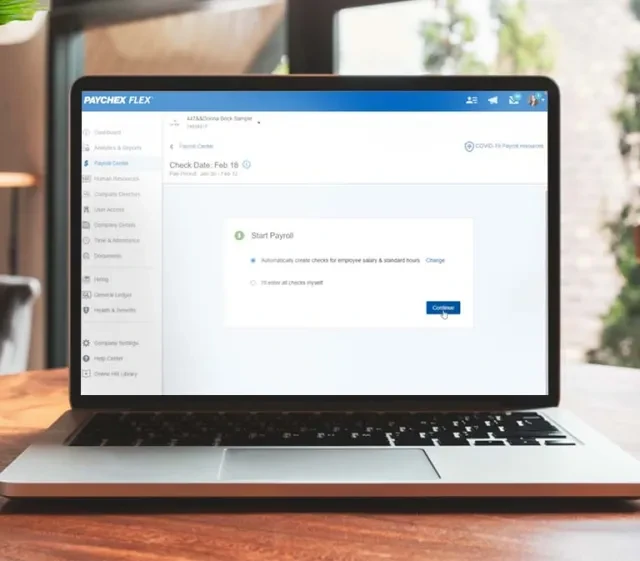
Diseñe un plan de jubilación para sus empleados
Diseñe un plan 401(k) flexible y opciones de inversión para mantener la competitividad. Lo ayudaremos a entender las diferentes ventajas de cada plan para que pueda elegir el que mejor se adapte a sus necesidades y las de sus empleados.

Paychex Flex®: una sola plataforma que integra recursos humanos, nómina y beneficios
Tanto si tiene un empleado como mil, nuestra galardonada tecnología puede escalar con usted, lo que le ofrece una solución a sus necesidades más urgentes de recursos humanos y de nómina. Utilice la aplicación móvil Paychex Flex® para acceder a información importante de nómina de un vistazo, como sus períodos de pago actuales y futuros, para que pueda completar su próxima nómina fácilmente.
¿Cómo podrían las empresas de Minnesota beneficiarse con una PEO?
Las empresas de Minnesota enfrentan los mismos desafíos que las de otros estados: reclutamiento y retención, cumplimiento, tiempo para crecer.
Cuando utiliza una organización del empleador profesional (PEO) como Paychex, su negocio obtiene ayuda con la administración de recursos humanos, procesamiento de nómina, gestión de beneficios y más.

Servicio cómodo
Paychex le ayuda a contratar, pagar, administrar y retener a sus empleados con facilidad y confianza.
- Obtenga soporte por chat y teléfono cuando lo necesite
- Obtenga información actualizada sobre cumplimiento y regulaciones
- Ayude a proteger sus activos, su negocio y sus empleados de posibles riesgos

Comuníquese con un asesor de nómina y recursos humanos de Paychex
Paychex lleva más de cinco décadas ayudando a las empresas de todos los tamaños a pagar y gestionar a sus empleados con experiencia en el sector, ideas innovadoras y un gran servicio de atención al cliente. Trabajamos con usted de la forma en que usted quiere trabajar. Escuchamos y nos concentramos en lo que le importa: administrar su negocio sin problemas.

Encuentre la solución adecuada para su negocio
Paychex tiene la tecnología, la experiencia y el servicio al cliente que pueden ayudarlo a hacer que su negocio prospere encontrando la solución adecuada que mejor se adapte a sus necesidades empresariales individuales.
¿Cuántos empleados tiene?
Paychex es la opción inteligente para los servicios de nómina y recursos humanos
Lo ayudamos a ocuparse de la nómina, a fin de que tenga más tiempo para ocuparse de su negocio.
- Obtenga asistencia para crear y gestionar un paquete de beneficios que lo ayude a reclutar y retener a los trabajadores calificados que está buscando.
- Reciba orientación para abordar sus desafíos de recursos humanos por parte de un profesional de recursos humanos dedicado
- Asistencia para ayudarle a mantenerse actualizado con las cambiantes regulaciones estatales y federales

Recursos adicionales para las empresas de Minnesota
Soluciones de nómina para empresas de todos los tamaños
Los servicios de nómina de Paychex le pueden ahorrar tiempo a usted y a su negocio para que pueda concentrarse en lo que más importa. Escuche a nuestros clientes decir por qué eligen a Paychex para aliviar la carga de la nómina.
“StratasCorp Technologies superó rápidamente a su proveedor de nómina. Paychex les ayudó a ahorrar 10 horas al mes y $10,000 al año en multas fiscales”.

"(Con personal en múltiples estados), teníamos diferentes leyes laborales estatales (con las cuales lidiar)... no teníamos los recursos para abordar la situación... Paychex se encargó de todo para que no tuviéramos que dedicar tiempo ni esfuerzo en resolverlo".

“Julie [mi consultora de recursos humanos de Paychex] hace un buen trabajo al sacar lo mejor de nosotros”.

"Nómina, recursos humanos, cumplimiento de las cambiantes reglas del IRS; estos son asuntos que resultan fundamentales para que nuestro negocio se mantenga activo. No tener que dedicarnos a aspectos administrativos significa que podemos asignar los recursos a nuestro negocio principal".

“Como herramienta de reclutamiento, el plan 401(k) es una parte totalmente integral de lo que ofrecemos a nuestros empleados”.






